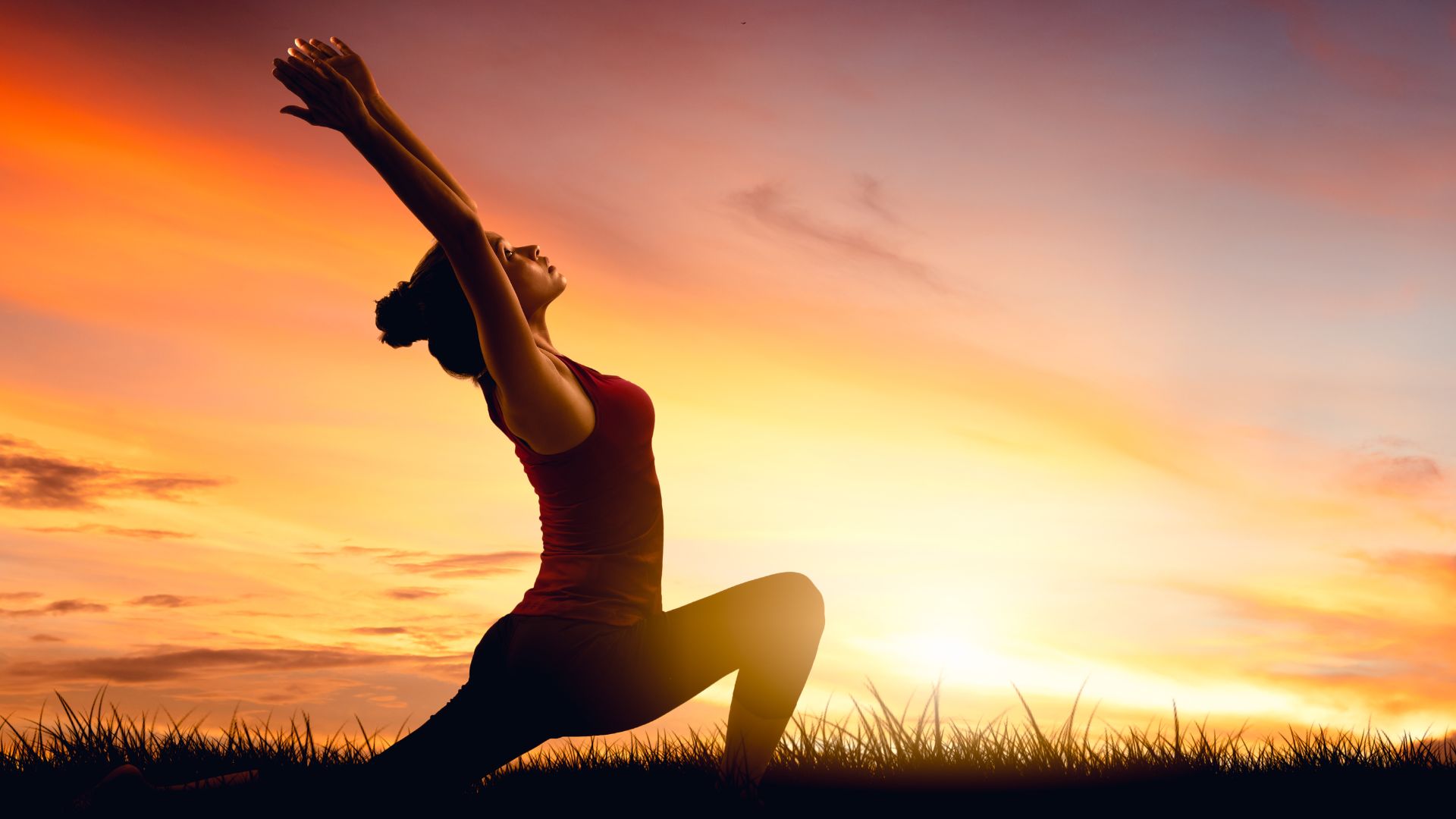The image of a serene individual, settled in a peaceful posture amidst nature, has become almost synonymous with well-being in the modern world.
Yoga, a practice that originated in the Indian subcontinent, has transitioned from its ancient roots to become a global phenomenon.
But what is the essence of yoga? How did it traverse from the lush forests and mountains of India to the bustling streets of cities worldwide?
Let’s delve into the Indian origins of this transformative practice.
The Foundations of Yoga
“To perform every action artfully is yoga.” — Swami Kripalu
Yoga is not merely a set of exercises; it’s a philosophy, a way of life. Rooted in ancient Indian scriptures, yoga focuses on harmonising the mind, body, and spirit. The word ‘yoga’ is derived from the Sanskrit word ‘yuj’, which means ‘to unite’ or ‘to join’. This union refers to the connection between an individual’s consciousness and the universal consciousness.
Historically, the foundations of yoga can be traced back to the Indus Valley Civilization, around 3000 BCE. Archaeological findings, like the famous Pashupati seal, suggest the presence of a prototype of the meditating yogi or Shiva. However, the earliest written records are the Vedas, particularly the Rigveda, which includes hymns that mention ascetic practices and discipline.
The Journey of Yoga through Ages
The subsequent Upanishads, especially the Katha and Shvetashvatara Upanishads, laid emphasis on meditation, moral virtues, and the philosophy behind yoga. The Bhagavad Gita, an epic conversation between Prince Arjuna and Lord Krishna, further elaborates on different forms of yoga, such as Jnana (knowledge), Bhakti (devotion), and Karma (action).
But it was Patanjali’s Yoga Sutras, written between the 2nd and 4th century CE, that systematised and codified yoga practices into an eight-fold path known as Ashtanga Yoga. These ‘eight limbs’ provided a roadmap for personal development and spiritual growth, moving from ethical standards to the pinnacle of meditative absorption.
Yoga’s Global Voyage
“In truth, yoga doesn’t take time – it gives time.” — Ganga White
It wasn’t until the late 19th and early 20th centuries that yoga began its journey to the West. Swami Vivekananda’s speech at the Parliament of Religions in Chicago in 1893 marked a pivotal moment. His ideas on Vedanta and yoga resonated deeply, and he ignited an interest in Indian spirituality.
Fast forward to the 20th century, figures like B.K.S. Iyengar, Pattabhi Jois, and T.K.V. Desikachar, among others, played significant roles in popularising various yoga forms worldwide. They blended traditional practices with a contemporary touch, making yoga accessible and relevant to a global audience.
Today, yoga’s popularity is undeniable. From the streets of New York to the shores of Sydney, yoga studios, retreats, and festivals are a testament to its universal appeal.
Beyond Physical Asanas
The West’s initial exposure to yoga was primarily through its physical aspect, the asanas (postures). However, as yoga guru B.K.S. Iyengar once said, “Yoga is like music. The rhythm of the body, the melody of the mind, and the harmony of the soul create the symphony of life.” It’s a holistic approach encompassing physical postures, breath control, ethical practices, meditation, and more.
The health benefits of yoga are well-documented: enhanced flexibility, increased muscle strength, improved respiratory functions, and sharper mental clarity, to name a few. But its core strength lies in the spiritual tranquillity and mental peace it offers.
Yoga in Contemporary Times
“Yoga is the journey of the self, through the self, to the self.” — The Bhagavad Gita
Modern life is fraught with challenges. Stress, anxiety, and a sense of disconnection are prevalent. Yoga offers an antidote. Whether it’s the calming influence of pranayama (breath control) or the meditative stillness of dhyana, yoga equips individuals to navigate the tumultuous seas of contemporary life.
Modern yoga encompasses various styles – Hatha, Vinyasa, Kundalini, Bikram, and more. Each offers a unique approach, but the essence remains the same: a path to self-realisation and inner peace.
Embracing the Essence of Yoga
The journey of yoga, from the ancient Indian scriptures to global cities, is a testament to its enduring relevance. It’s not just a series of postures; it’s a philosophy, a guide to leading a fulfilling life.
As the world becomes increasingly interconnected, the universal tenets of yoga – unity, harmony, and balance – remain more pertinent than ever.
In embracing yoga, we’re not just adopting a wellness trend; we’re becoming part of a rich tapestry of history, culture, and philosophy that has its roots deep in the Indian subcontinent.
And as we roll out our mats, close our eyes, and take a deep breath, we’re not just connecting with ourselves but with millennia of seekers, sages, and practitioners who have walked this path before us.
Subscribe




